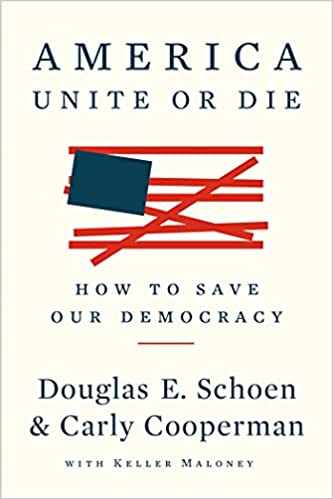The good news is that the deal hasn’t blown up completely, but we’ll have to wait another day for even “a broad framework of understanding.”
It remains unclear which key issues will be dealt within this framework. In recent days Iran has pushed back against critical components of the deal, including shipping their uranium out of the country and the timing of when they can re-start their research and development program in the final years of the deal.
These are obvious impediments to a compromise. They also beg the question of whether a deal that addresses the concerns of the P5+1, which includes the five permanent members of the UN Security Council – the US, UK, Russia, China, and France – plus Germany, is even possible.
An analysis of the surface facts, characters involved and underlying tensions is instructive.
We know the facts. The main issues holding up the agreement hinge on the ability of P5+1 powers to monitor and control the factors determining how fast Iran can go nuclear, also known as breakout time, and Iran’s insistence that current economic sanctions be lifted swiftly.

US Secretary of State John Kerry taking a break during an extended round of talks about Iran’s nuclear program in Switzerland. (AP Photo / Brendan Smialowski)
These elements bring us to what’s really holding up the agreement: there is a fundamental difference between how the United States and Iran perceive a successful outcome.
For the US, success means that the Obama administration can defend the agreement to an increasingly fractured and hostile Congress. They want to hammer out specifics and get a deal done. This is especially important as the Menendez Corker bill gains momentum and the President is losing allies quickly.
For the Iranians, success means something quite different. Their officials measure outcome in how they’re perceived both internationally and at home. Specifically, they wish to “avoid the optics of backing down” and instead preserve their “rights and sense of sovereignty”. They want to make sure that they will be able, at least at some time, to be a nuclear power.

